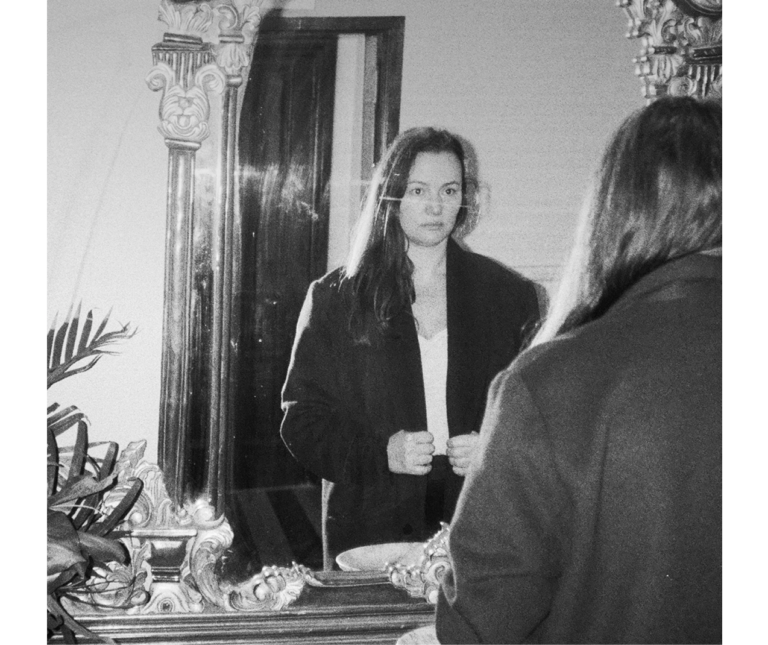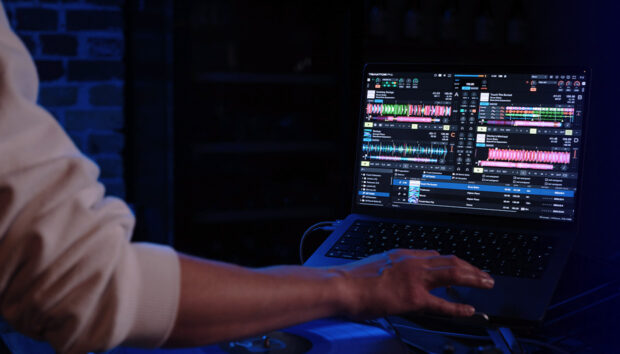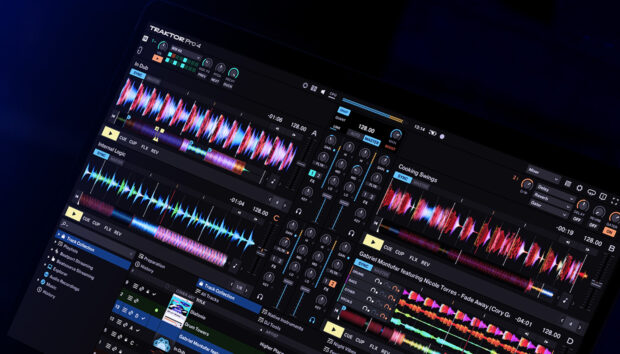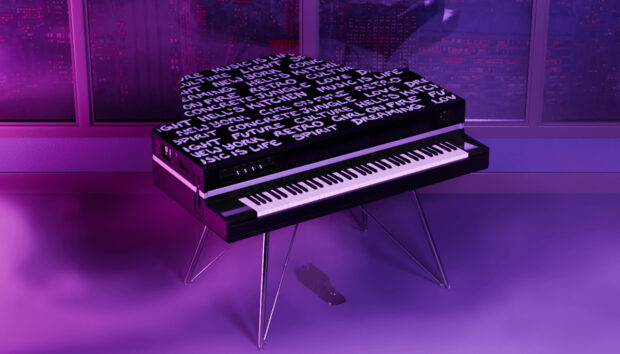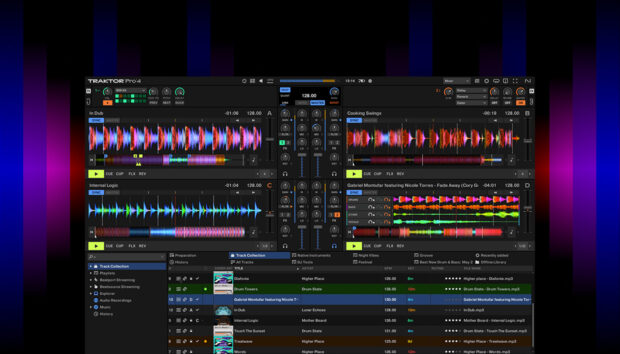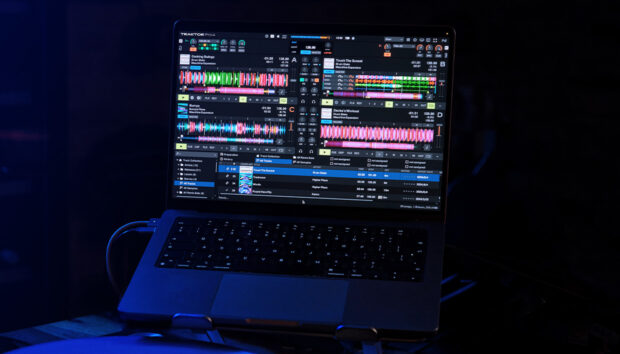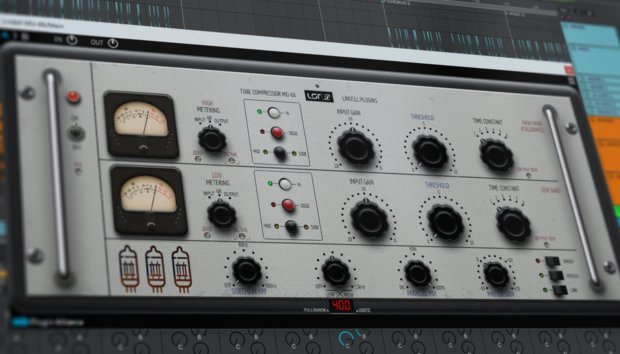With a background in fine art and film-making, Christina Vantzou aims for “intensity, extreme beauty, and dissonance” in her slow-burning compositions. Since taking her first steps into experimental music as a member of the The Dead Texan, Vantzou has released five albums of transportive modern ambient for labels like Kranky and Shelter Press, along with several short films making use of her slow-motion photography.
Born in Kansas City, Missouri, of Greek descent, Vantzou – now resident in Brussels – often carves out her minimalist soundscapes in collaboration with other musicians, adding vibraphone, bells, marimba, harp and synthesizers with the assistance of artists like Steve Hauschildt, Heinrich Mueller, Leya, and Angel Deradoorian. On her latest solo album, this year’s Multi Natural, she layers field recordings and shimmering drones into a disorienting evocation of a disappearing world.
Though acoustic instruments are often the bedrock of her compositions, Vantzou takes the opportunity to explore pitch-shifted layers of synthesized strings and drones in her NI sketch. Built around a long, moaning note which she bends into different harmonic possibilities, the sketch plays with the contrast between ancient moods and sci-fi futurism, shooting laser beams over mournful strings. In the final third, a huge tectonic rumble gives way to a choir of abstract voices.
Listen to the sketch below and read on to learn how it was made. You can also grab all of the stems from Vantzou’s sketch here – then remix, reuse, and repurpose them however you like.
NI products used: MYSTERIA, KONTAKT 6, SYMPHONY SERIES, MASSIVE, RETRO MACHINES MK2
First things first – can you tell us how you made the sketch?
I started in the middle of this piece with the strings and Mysteria choir sounds. Through layering strings from the Symphony Series, I found that four layers and a big reverb on one of those layers did the trick. I pitch-shifted one of the steady drone layers for a more human sound and used the pitch wheel on my MIDI keyboard to create the glissandos. I used the Violins and String Ensemble presets, intuitively searching for the sound I achieved with an actual string quartet in a piece called “Glissando for Bodies and Machines in Space.”
Next I worked with the vocal instrument Mysteria using the Above Abyss preset. I did some additional EQing to stretch the possibilities. Massive played a role with its sound effects: Landslide, Laser Splash, and Laser Dust are all utilized. This is partly in response to the large amount of anime I’ve watched during the last weeks in lockdown in Brussels. Retro Machines added the final touch, like a blanket for the strings. I used String Melody II, Matrix-12 and Arp Quadra for pure warmth.
What were you looking to achieve with the sketch?
Intensity, extreme beauty, and dissonance.
Could you name a single favorite element?
Between 1:38 and 2:20, the track morphs. Through this unstable middle zone there’s a sense of collapsing and forming again. I love these parts.
Does sketching form a part of your usual process? If so, how?
For me it’s a loose way to get ideas down. I’ve always worked on a laptop and with light tools, so sketching is pretty accessible and immediate. I can make a sketch on a train, my back terrace, or sitting on the floor.
How do you typically get from that point to a finished track?
Sometimes a sketch sits for many months and even years before turning into a finished track. Often the sketch is an important seed, or blueprint, that is never seen or heard but is the key to the next steps of the piece’s evolution.
Changing the subject: What’s the best production advice you’ve ever been given?
The best advice has come from people who guided me along the way. It’s not necessarily what they said, but how they behaved and how they listened.
And to finish up, could you share with us some of your favorite online learning resources?
I didn’t study at a conservatory so I learned to compose by playing around with virtual instruments and MIDI. I listened to a lot of music and worked on covers to get the mix of sounds right. This particular piece by John Zorn taught me volumes. Also, healing frequency videos have behaved like tutorials for me. There are so many out there – here are two:
- 369 HZ Healing Frequency – Water and Cloud
- 639 Hz > Attract Love > Raise Positive Energy > Marimba Meditation Music
Check out Christina Vantzou’s Siren III on Spotify.
Words: Chal Ravens
Photography: Lena Shkoda








